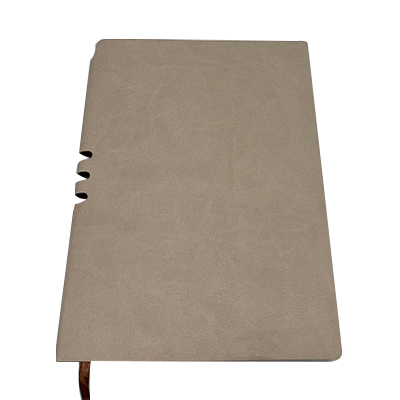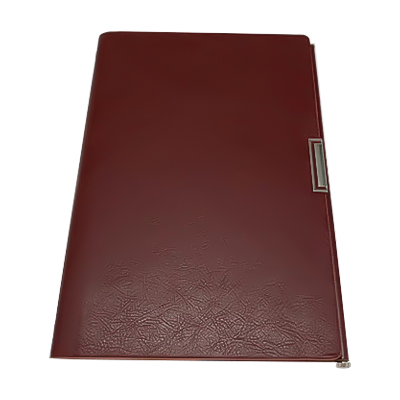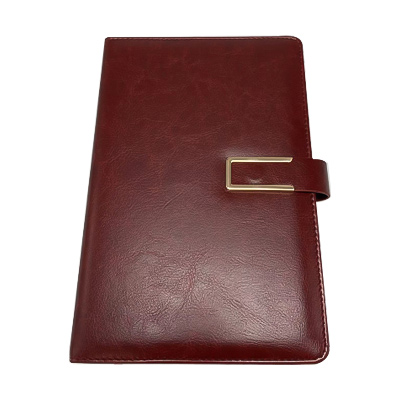1. Frame materials and construction
In basic models of inline skates, the frame is an important part of determining skating performance and durability. Typically, these frames are made of plastic or composite materials. Plastic frames are lighter but may not be as durable as metal frames. Composite materials combine plastic and other components to provide a balance that makes skates economical while still offering strength and flexibility. Base model frames may have a single-piece or multi-piece design. Single-piece frames are generally simpler and less expensive, while multi-piece frames allow for replacement or adjustment to meet different needs. A high-quality frame design should ensure that the skates do not deform during use while providing sufficient stability and support to make skating smoother and safer. When choosing a frame, also consider its impact on taxiing performance, such as when cornering and accelerating.
2. Wheel quality and size
The wheel size of inline skates is usually between 70mm and 80mm, and the size has a significant impact on the stability and speed of skating. Larger wheels provide a smoother gliding experience and perform better over longer gliding distances, making them suitable for speed-seeking users. However, smaller wheels provide better maneuverability and are suitable for gliding environments that require a high frequency of turns and sudden stops. Basic model wheels usually come in standard polyurethane material, which combines good grip with wear resistance. The hardness of the wheel is also an important consideration, with hardness values usually expressed in units of Shore A (A). Softer wheels provide better grip and comfort on rougher surfaces, while harder wheels are suitable for smooth surfaces, providing faster gliding speeds and longer life. When choosing wheels, also consider their wear resistance and ease of maintenance.
3. Bearing quality
Bearings are an important component that affects the smoothness of inline skates. Basic model bearings are usually graded ABEC-5 or ABEC-7, and these grades indicate the bearing's accuracy and smooth operation. ABEC-5 bearings are already able to provide a good gliding experience and are suitable for most beginners, while ABEC-7 bearings provide higher precision and smoothness and are suitable for slightly more advanced users. The quality of bearings directly affects the smoothness and durability of sliding. High-quality bearings should have good lubrication and sealing designs to resist dust and moisture. Bearing lubrication also requires regular inspection and maintenance to ensure that it maintains good performance over the long term. When selecting bearings, also consider their ease of maintenance and whether they require regular replacement.
4. Shoe design and filling
Boot design and padding materials play a key role in the comfort and support of an inline skate. Basic models of skate shoes typically use synthetic materials and foam padding, which provide basic comfort and ankle support. The synthetic material doesn't have the advanced lining and breathable design of premium skates, but it's comfortable enough for beginners to use. The foam padding inside the boots absorbs impact and reduces fatigue when gliding. A good boot design not only needs to provide adequate ankle support, but also ensures that the shoe hugs the foot comfortably and prevents friction or discomfort during gliding. Although the ventilation design of the shoes may be relatively simple in the basic model, good ventilation can still help reduce moisture and odor on the feet and improve the overall use experience.
5. Closed system
The closure system of an inline skate is crucial to the comfort and safety of the shoe. Basic models usually come with a simple closure system that includes laces, Velcro straps, and buckle straps. The lacing system provides enough room for adjustment to ensure the shoe can fit snugly around the foot, reducing the risk of slipping. The Velcro strap provides quick and convenient adjustment, especially suitable for beginners and children. The closure system should be designed to ensure that the shoe does not loosen or slip during gliding while providing adequate support. An efficient closure system not only improves gliding comfort, but also enhances foot protection and avoids injuries caused by inappropriate shoes. The closure system of the basic model should be simple and easy to use while ensuring stability over long periods of use.
6. Braking system
The braking system is an important safety feature of inline skates, especially for beginners. Most basic models are equipped with a rear brake, usually made of rubber or plastic and mounted on the back of one skate. The design of the braking system should allow the rider to slow down and stop easily and safely. The brake system on a base model is usually fixed and may not have adjustability, but it should be durable enough and easy to use. The performance of brakes is crucial to the safety of taxiers. A high-quality brake system should provide reliable braking effects and be able to maintain good performance under different taxiing conditions. Brake components should be easy to replace and maintain to ensure continued use after wear and tear.
7. Overall design and aesthetics
While basic models of inline skates may not have the customization of premium models, their overall design and aesthetics are still very important. Appearance design often includes color selection, pattern design, and branding, which can affect the appeal of the skates and the user experience. Basic skate shoes are usually available in a variety of colors and styles to suit different consumer preferences. The design not only needs to meet functional requirements, but also needs to be able to show a certain sense of fashion and personality. For beginners, choosing a skate shoe with good design and personal aesthetic can increase the fun and confidence of use. A high-quality design not only enhances the overall appeal of your skates, but also makes them look presentable in a variety of situations.

 English
English Deutsch
Deutsch Français
Français Español
Español русский
русский عربى
عربى





